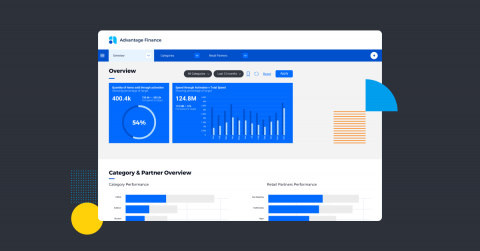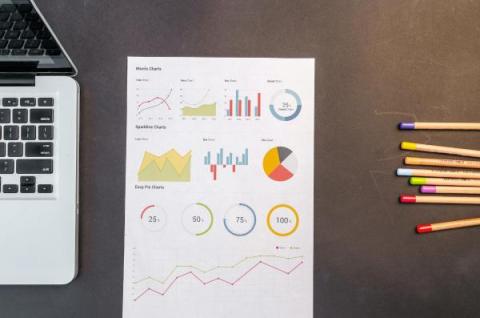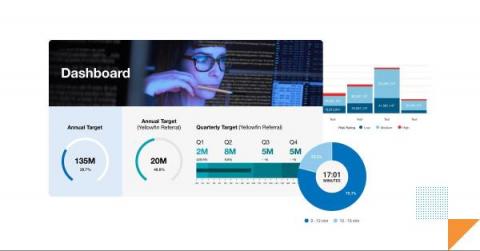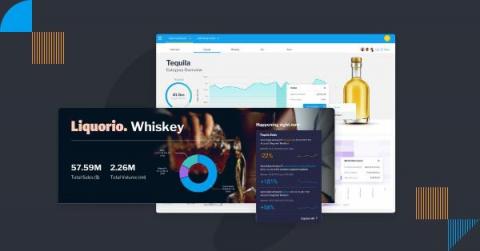Yellowfin Named Embedded Business Intelligence Software Leader in G2 Fall Reports 2022
Yellowfin has again been recognized in the Leader quadrant in the 2022 G2 Fall Grid Reports for Embedded Business Intelligence (Enterprise and Small Business). This is Yellowfin's 13th quarter in a row to be named a leader in a G2 Grid Report. The Yellowfin team are grateful to our customers for the reviews they have provided for our embedded analytics capability and product suite on G2, a leading business software and service comparison source for trusted user ratings and peer-to-peer reviews.











